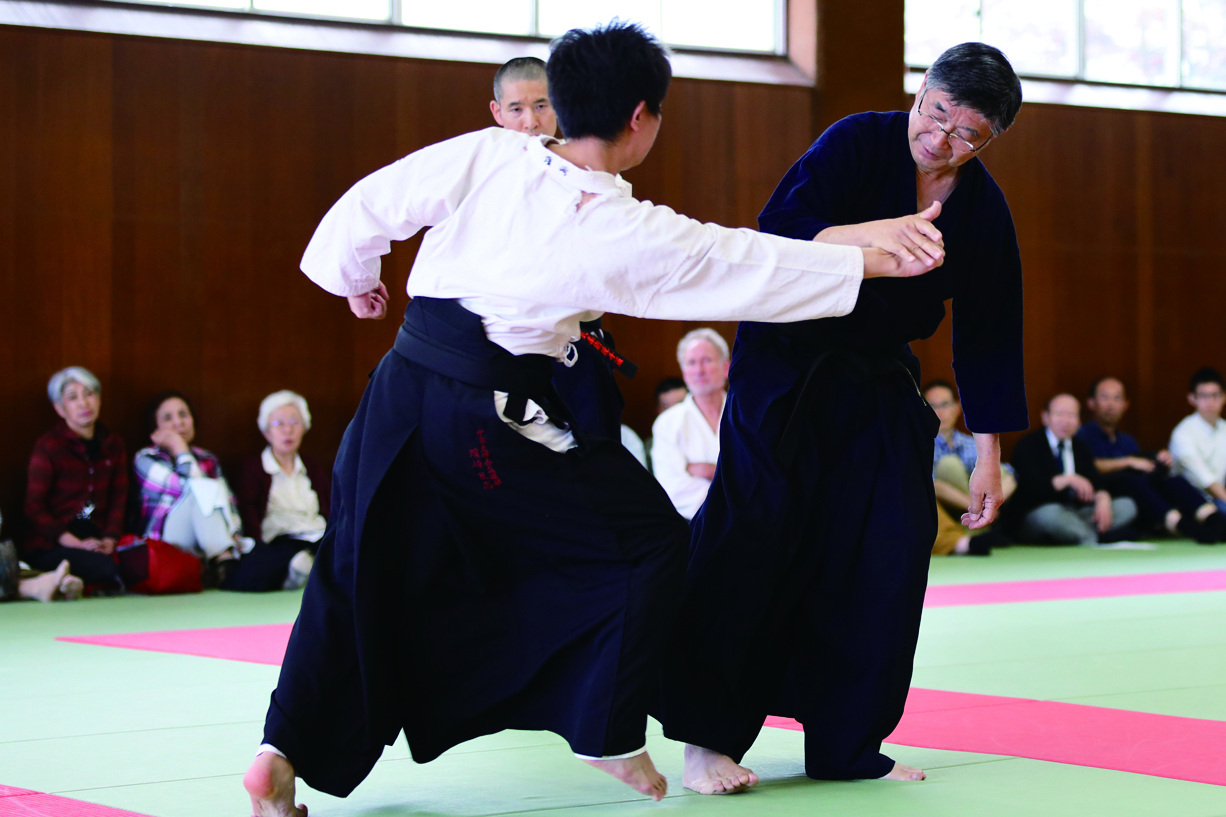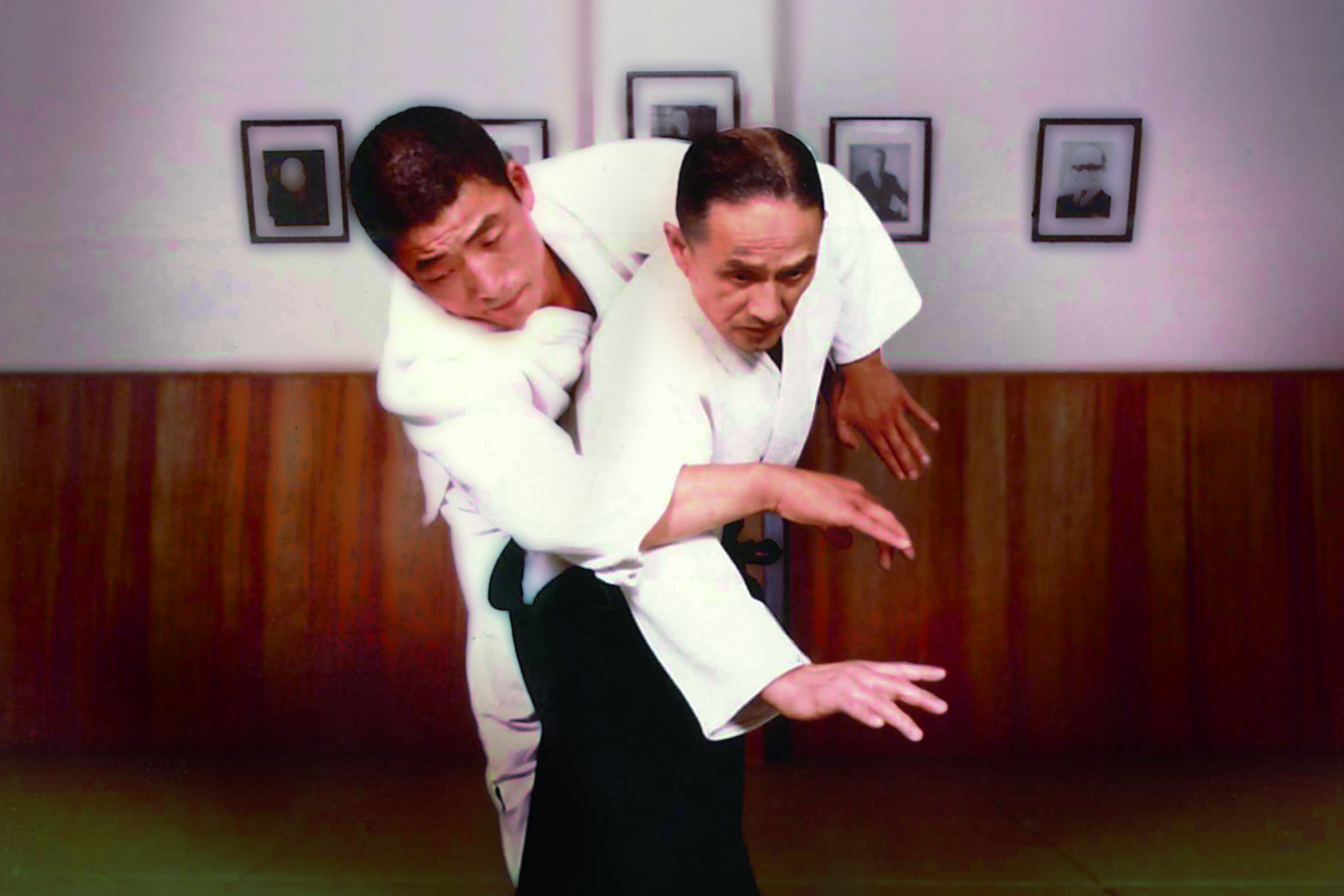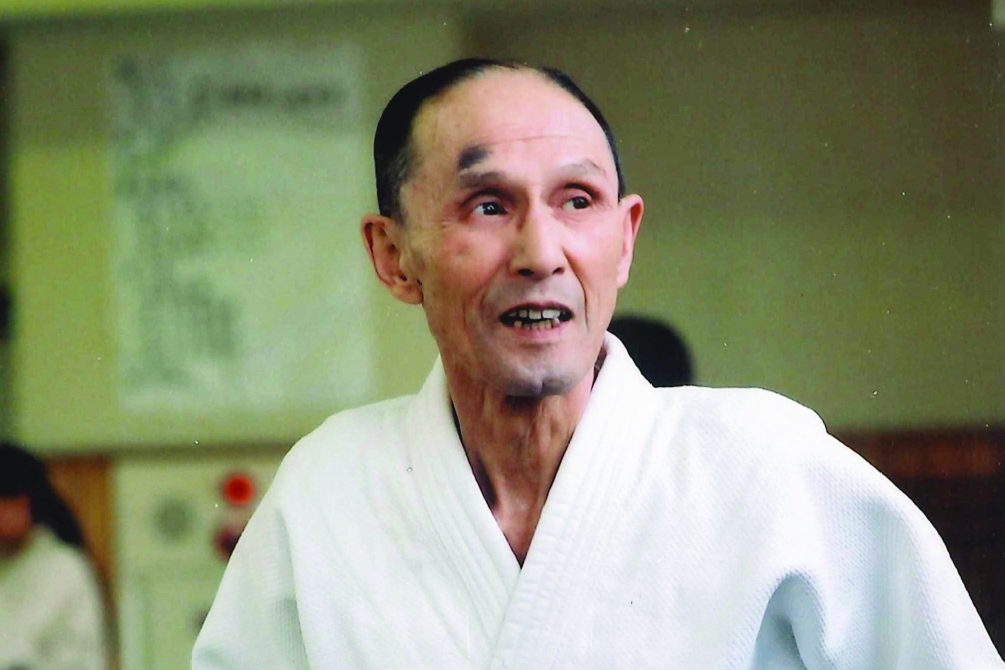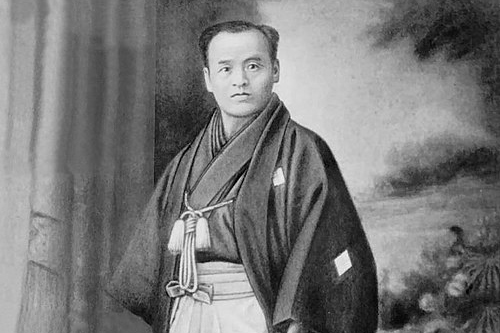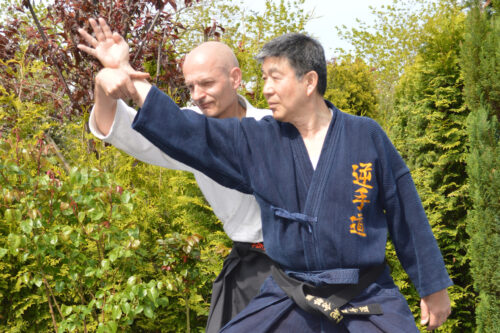» At the starting of AIKI Web Course
【AIKI Web Course Part 2】
Lesson 21 Advanced Tech. using F. E. method #1
In Lesson 10, we already practiced the technique for handling poking attack using the Force Equilibrium method. Now this time I will introduce a technique for handling poking attack by Chudan Jun Tsuki.
As I already mentioned, AIKI techniques based on the Force Equilibrium method can collapse the opponent as soon as you “block” his poking attack. So Block = Attack, which is exactly an ideal Uke.
AIKI Uke for Chudan Jun Tsuki
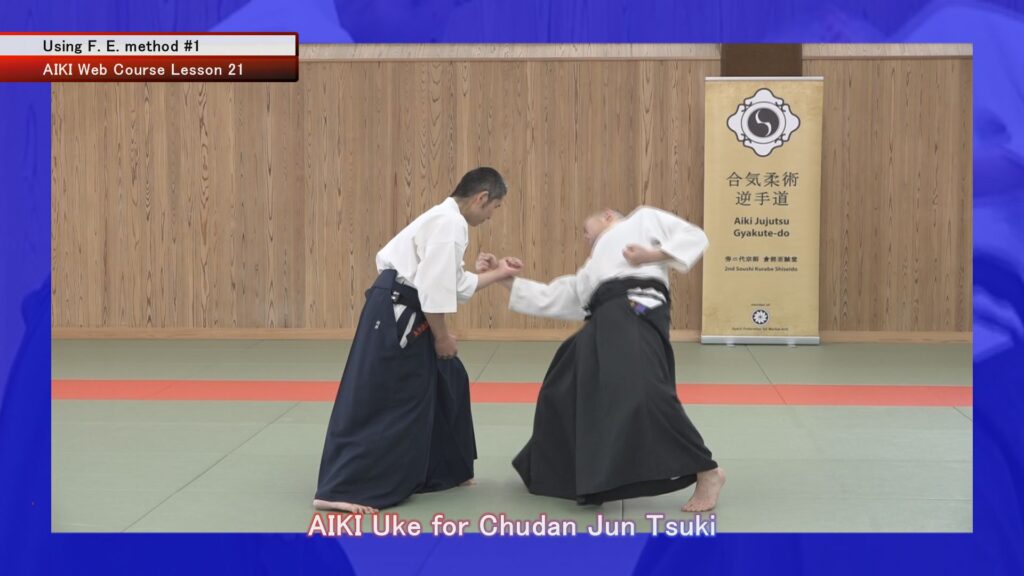
A and B stand by face to face.
A…Defender
B…Attacker
a・Stepping forward with right foot, B attacks A by right Chudan Jun Tsuki.
b_1・A “blocks”it with his left lower arm in the form of Karate’s Chudan Soto Uke with applying AIKI Uke, i.e. instantaneously create Force Equilibrium state.
c_2・ At the instance A makes Aiki Uke with his left arm, he moves his body center slightly left side. Then B collapses his right side.
Chudan Soto Uke is said to be basic in Karate, but I don’t have the impression that it is used in actual situation including Kumite competition.
However, using this Force Equilibrium method, this Uke becomes actually quite useful as not only Uke but an attack.
It is important how to create the Force Equilibrium state.
1 Master the movement in slow motion practices.
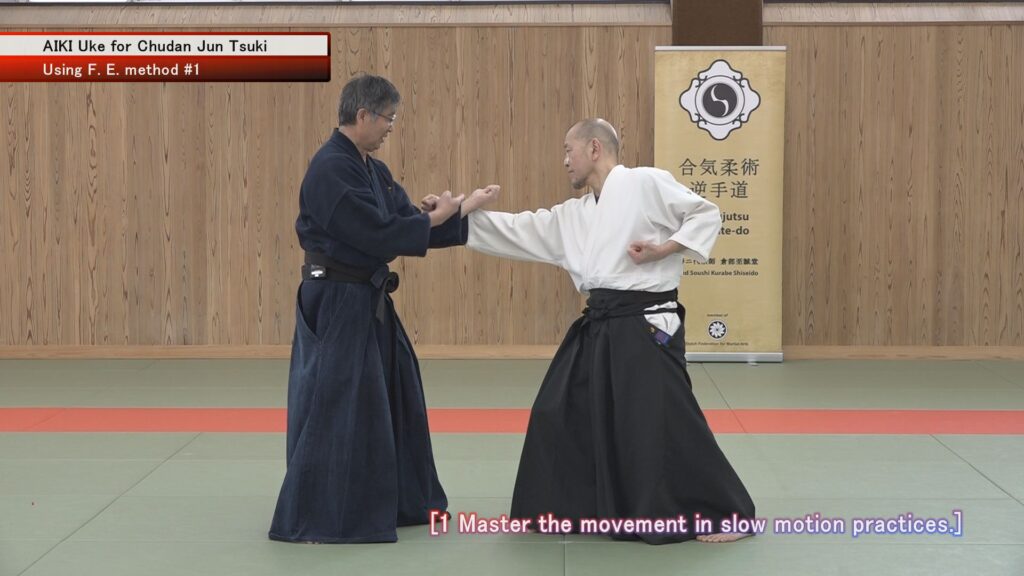
First, let’s master the movement in slow motion practice.
a・Let the opponent attack you by right Chudan Jun Tsuki in slow motion.
b・You step in inside close to the opponent’s body.
c・Turning left hand’s palm downward and put it on the opponent’s right forearm.
d・Create Force Equilibrium state at the contact point so that touch the opponent’s arm so delicately touching or not touching.
e・After creating Force Equilibrium state, move body center slightly left side, the opponent will collapses to his right side.
2 Practice it in a normal speed
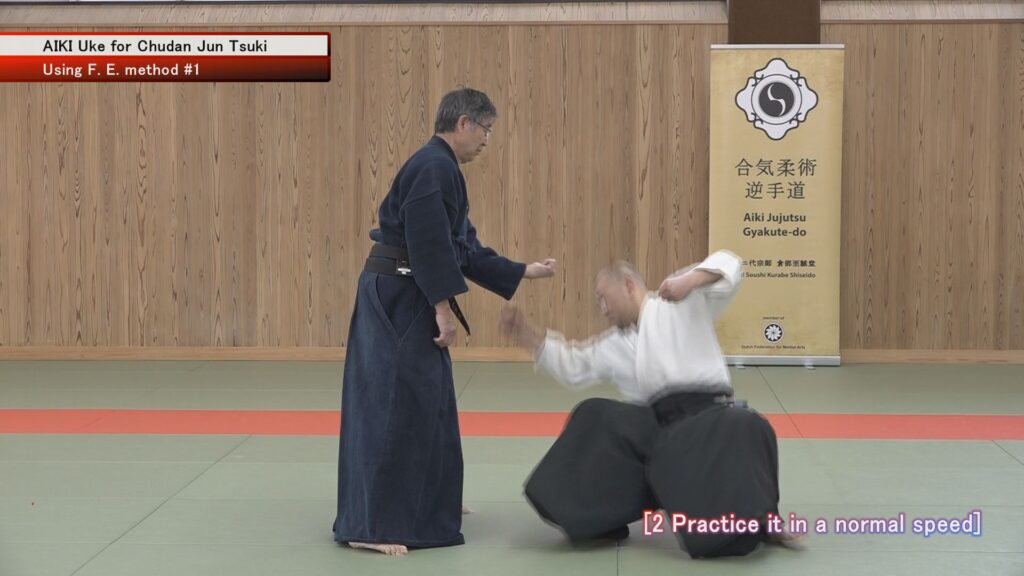
Next, let’s practice it in a normal speed.
a・Matching to the timing of the opponent’s right middle height poking,
b・Turn your left hand’s palm downward and put it on the opponent’s right forearm from above.
c・Then slightly move your body center left side.
The faster becomes the opponent’s attack speed, the greater becomes the tolerance of the force that creates the force equilibrium.
so even if you hit or put your hand/arm moderately strong to the opponent’s arm, you can create the Force Equilibrium state.
Summary of Lesson 21
The timing to create Force Equilibrium to make this AIKI Uke for Chudan Tsuki is slightly later than the Uke for Jodan Tsuki in Lesson 10.
For Jodan Tsuki, the timing is the moment when your arm touches the opponent’s arm.
On the other hand, for the Chudan Tsuki, the timing is when you wrap around the opponent’s arm with your arm and put your arm and hand on it.
Learn AIKI by a Combination of
Videos and Articles!!
» At the starting of AIKI Web Course
with Videos and Free Articles
AIKI Web Course Part 2 24 Lessons
-
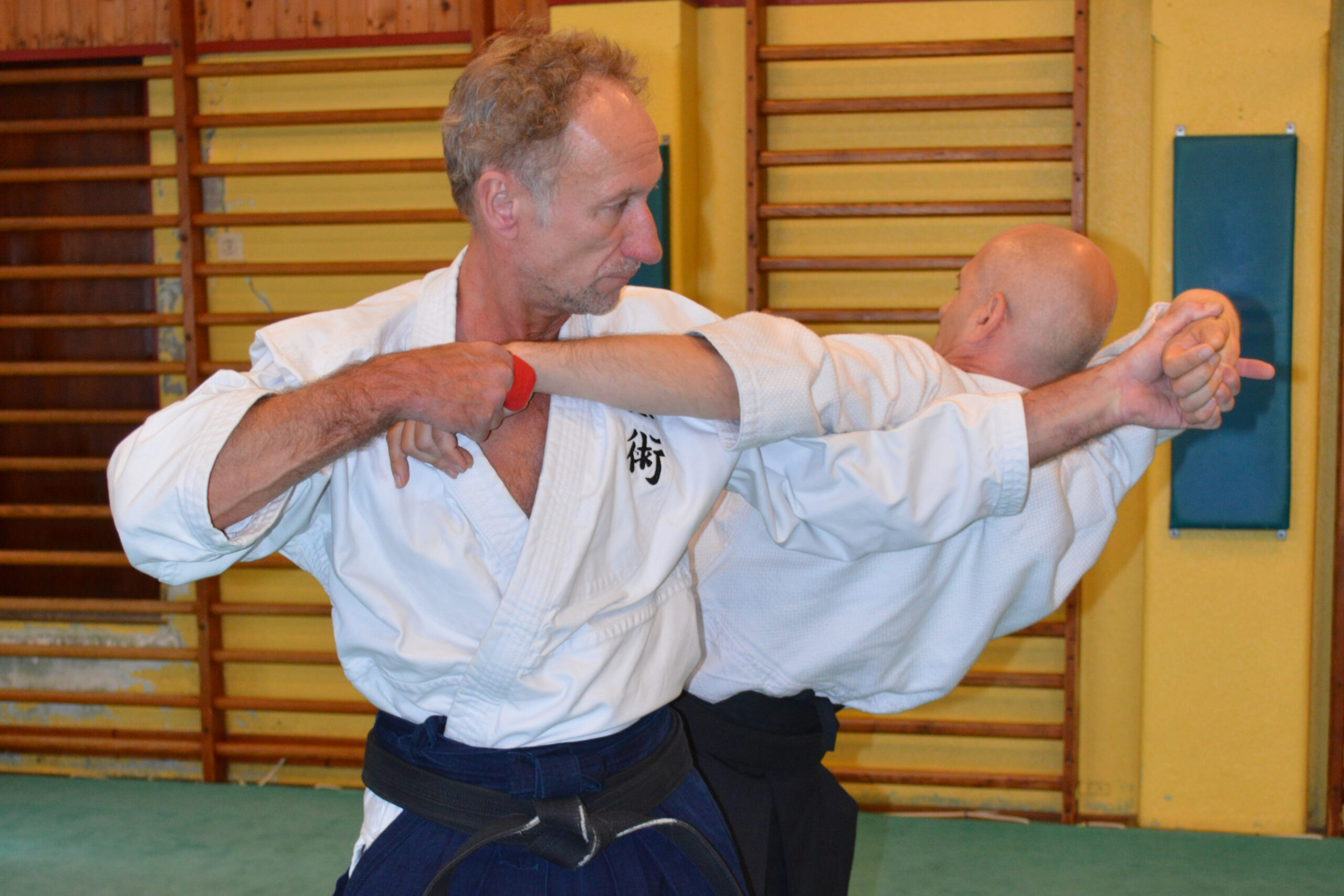
【AIKI JUJUTSU GYAKUTE-DO Series No.5】How you can learn Jujutsu properly
-
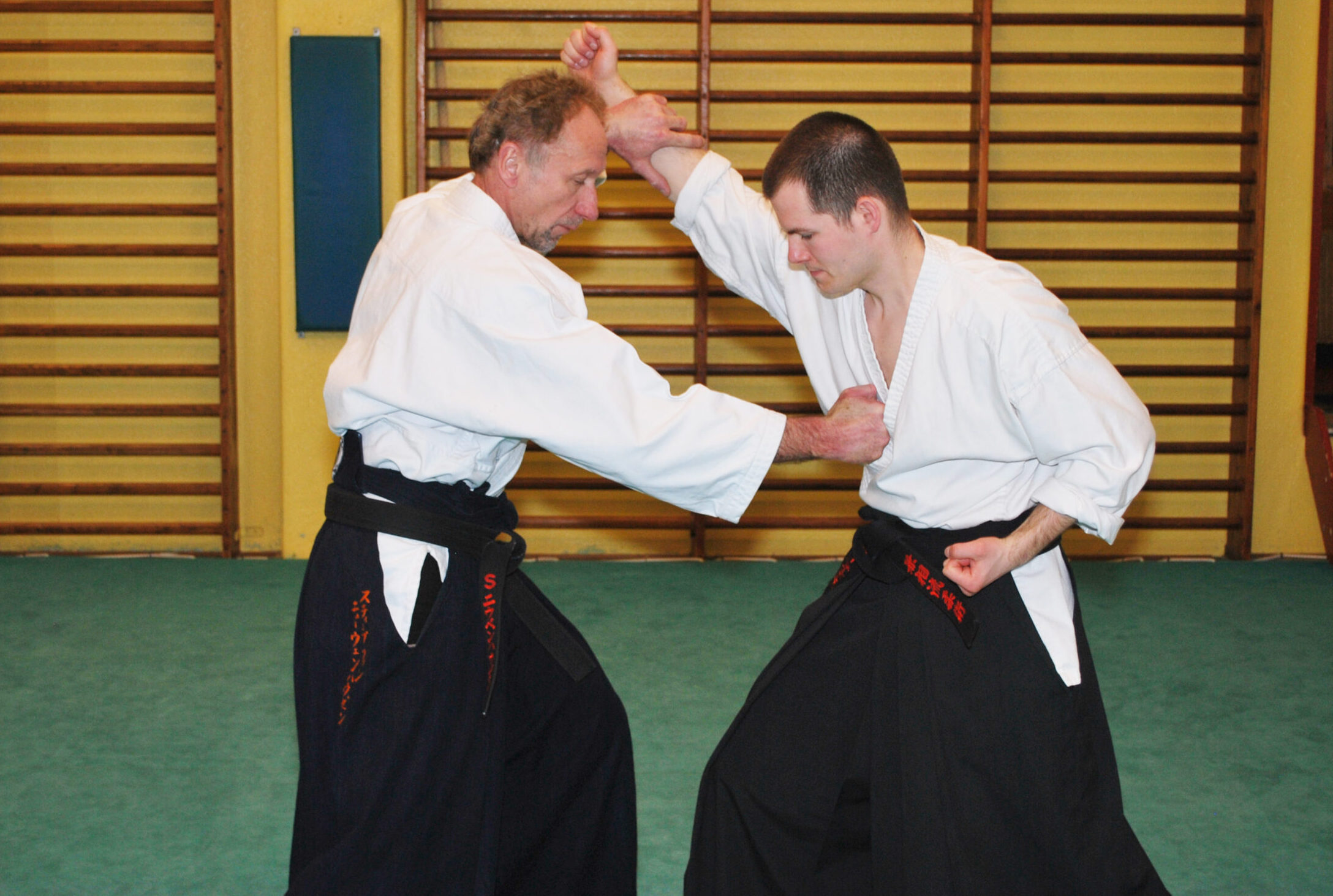
【AIKI JUJUTSU GYAKUTE-DO Series No.4】DAKEN-HO Hit and Kick KATA and AIKI
-
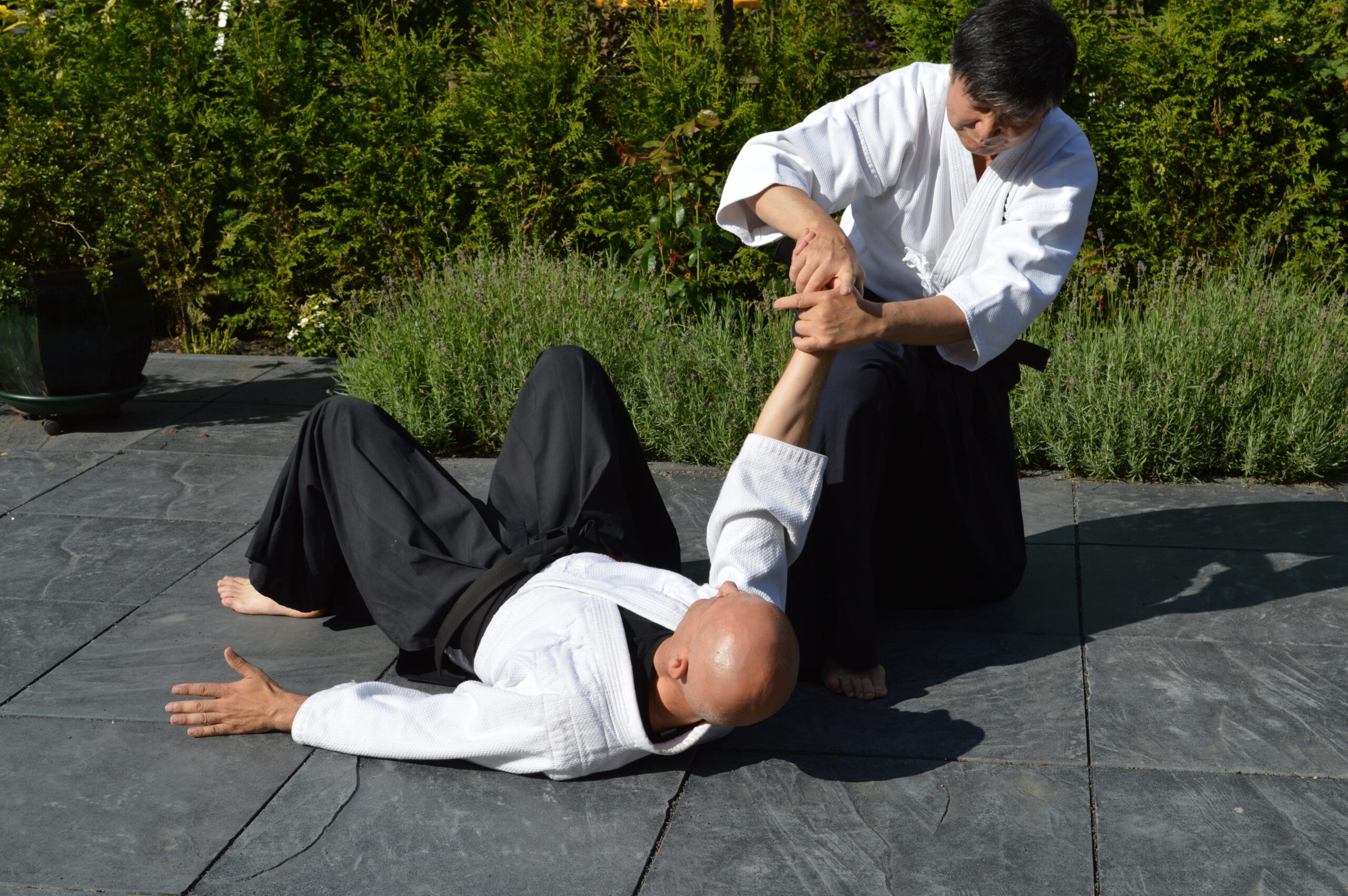
【AIKI JUJUTSU GYAKUTE-DO Series No.3】JUJUTSU WAZA, digest of FUDO
-
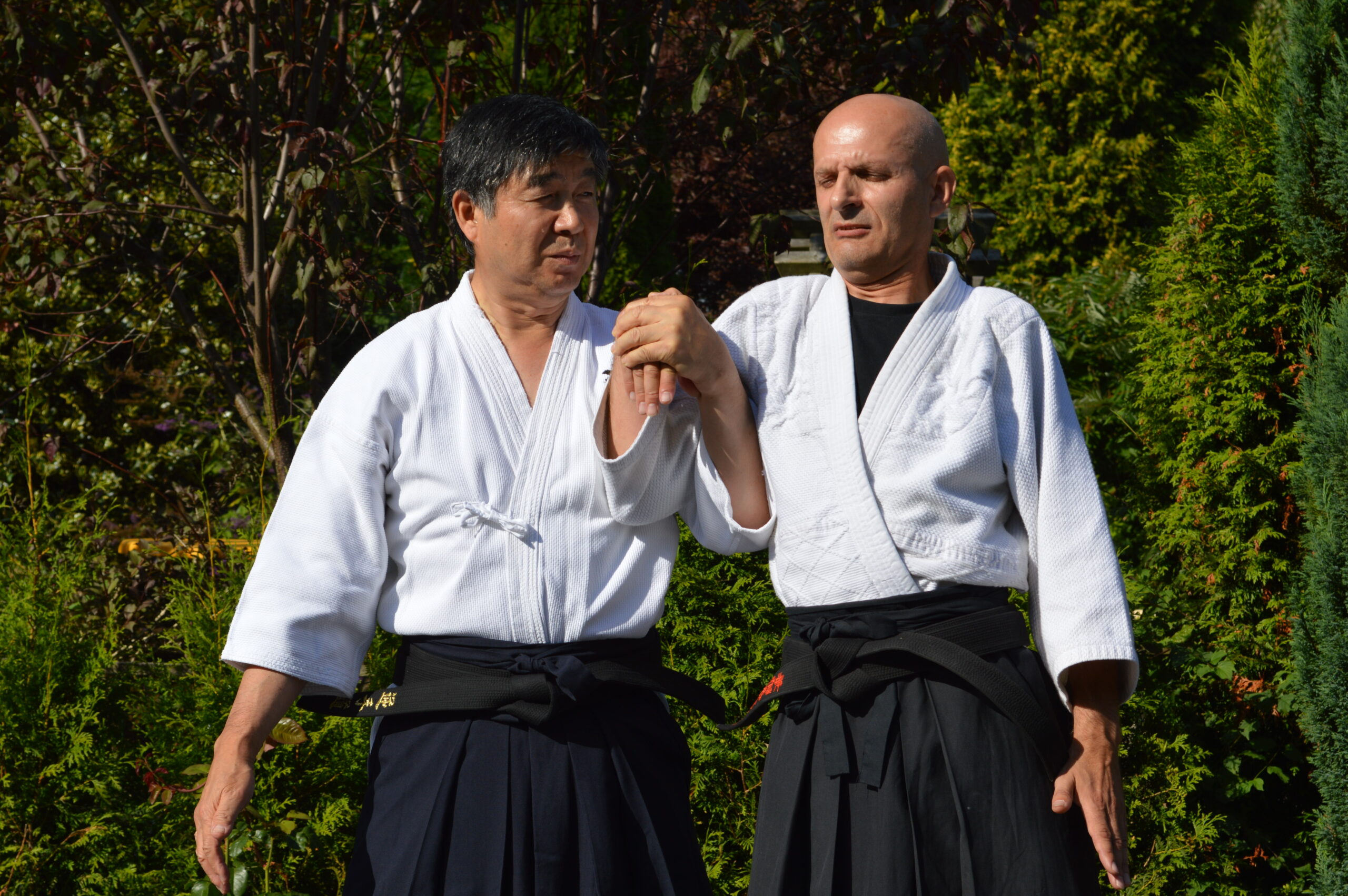
【AIKI JUJUTSU GYAKUTE-DO Series No.2】JUJUTSU WAZA, digest of NUKI, RENKO and NAGE
-
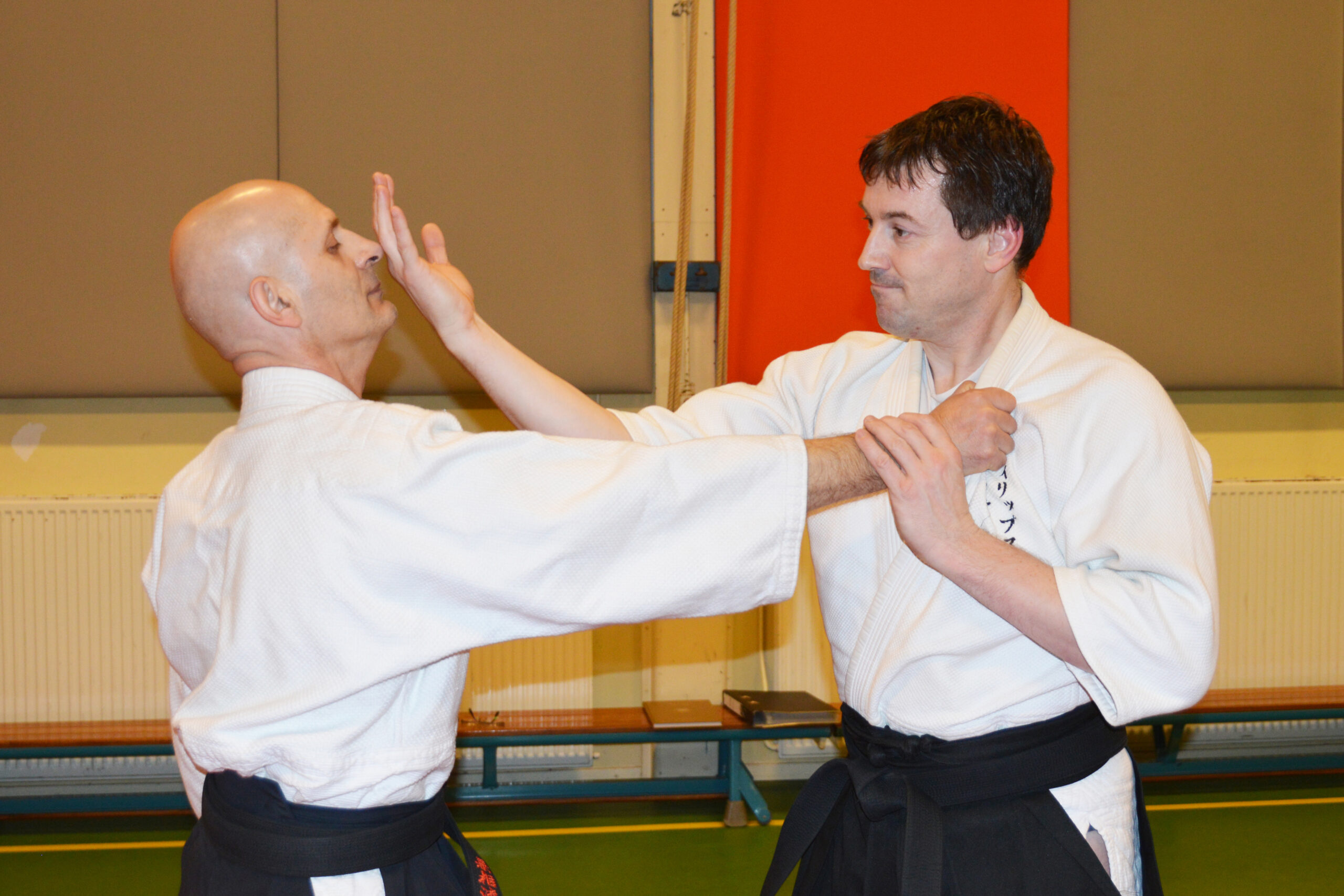
【AIKI JUJUTSU GYAKUTE-DO Series No.1】About GYAKUTE-DO and the digest of its basic techniques
-
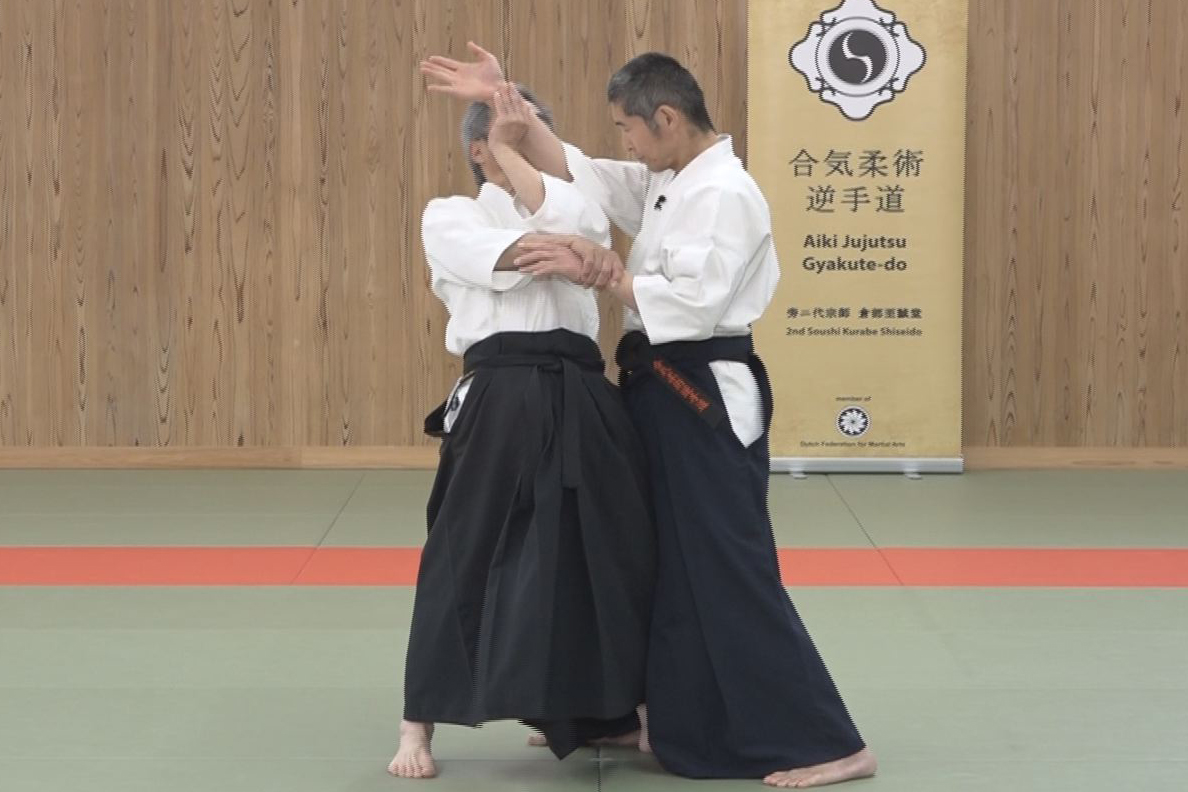
Lesson 24 With Comb. of Different Methods #2
-
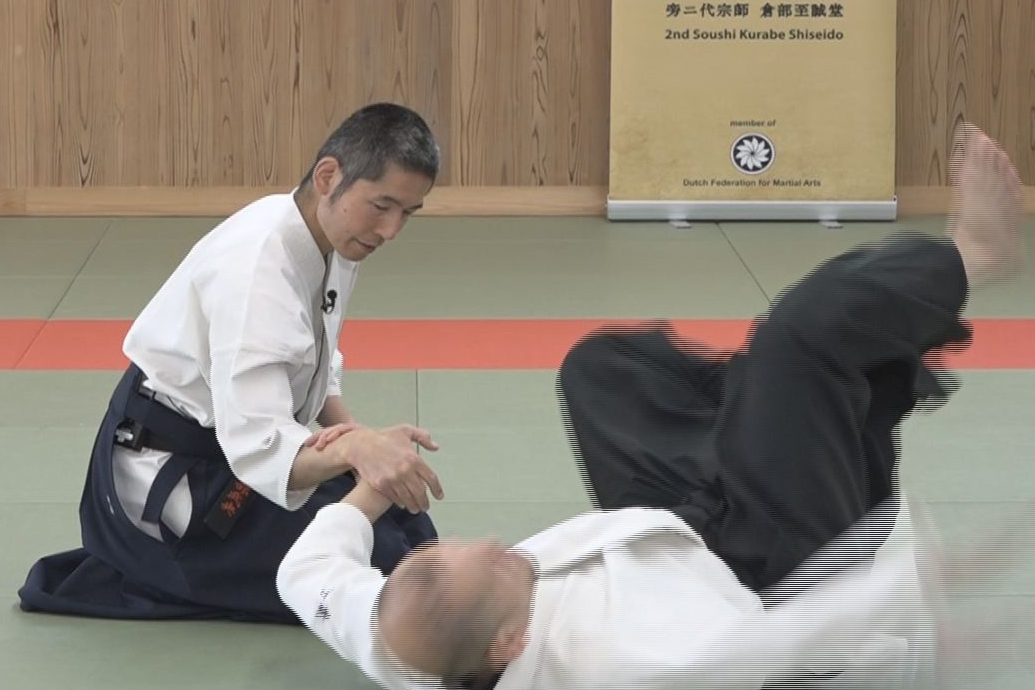
Lesson 23 With Comb. of Different Methods #1
-

Lesson 22 Advanced Tech. using F. E. method #2
-

Lesson 21 Advanced Tech. using F. E. method #1
-
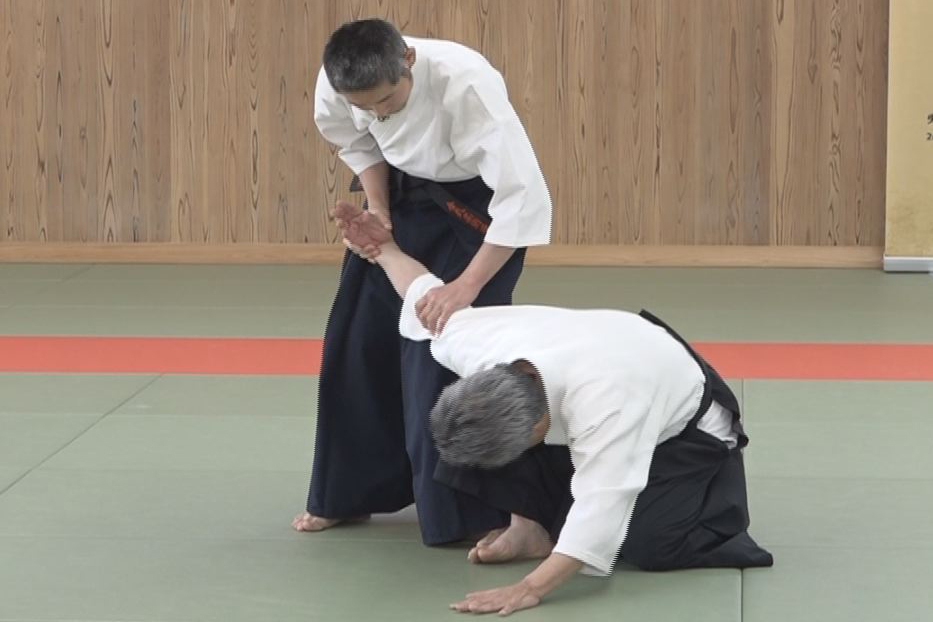
Lesson 20 Advanced tech. using T. F. T. #2
-
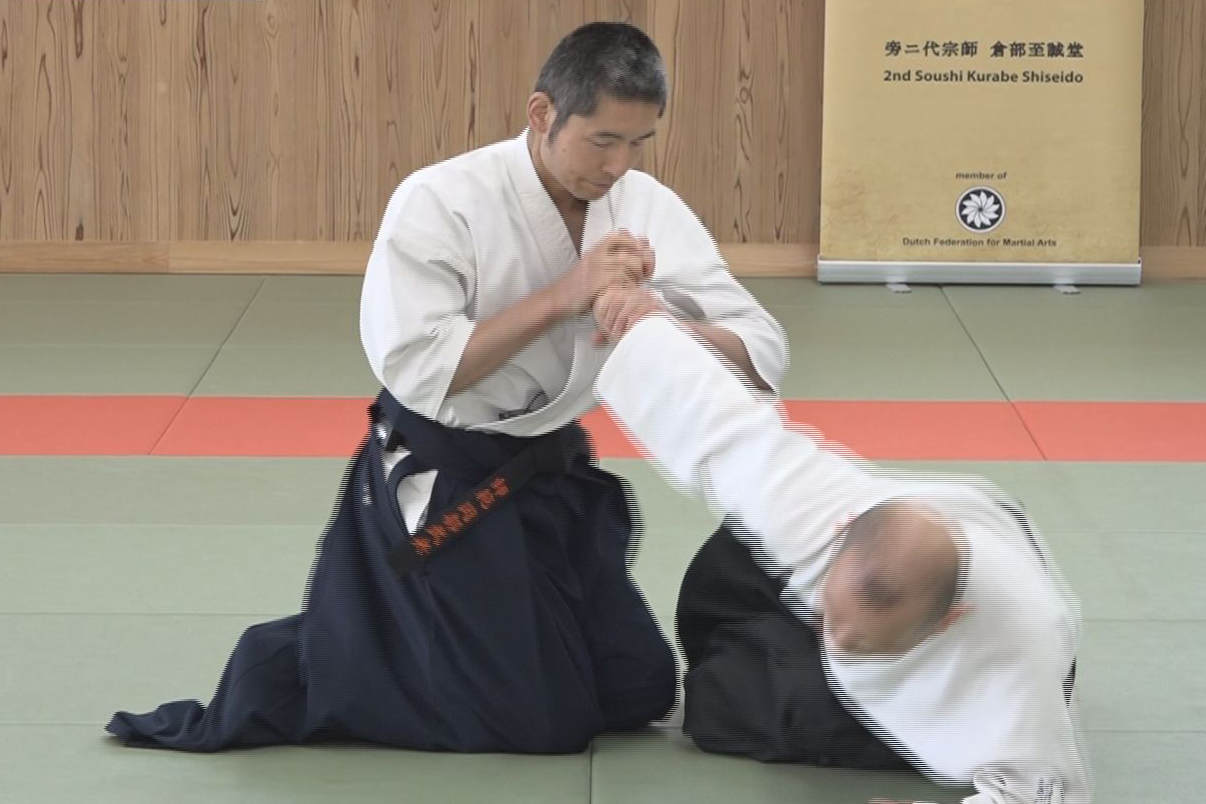
Lesson 19 Advanced tech. using T. F. T. #1
-
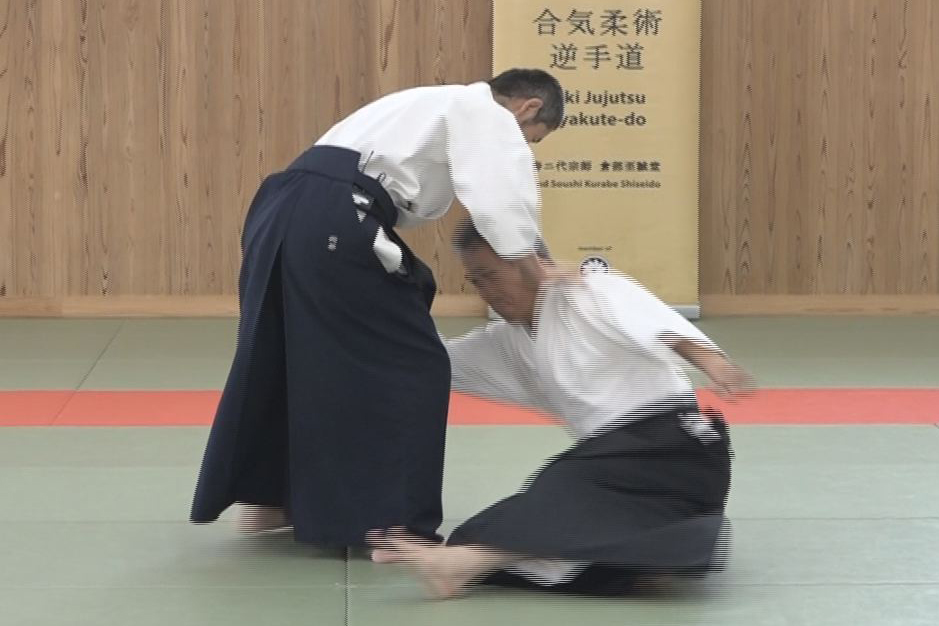
Lesson 18 Advanced tech. using AIKI Contact #2
-
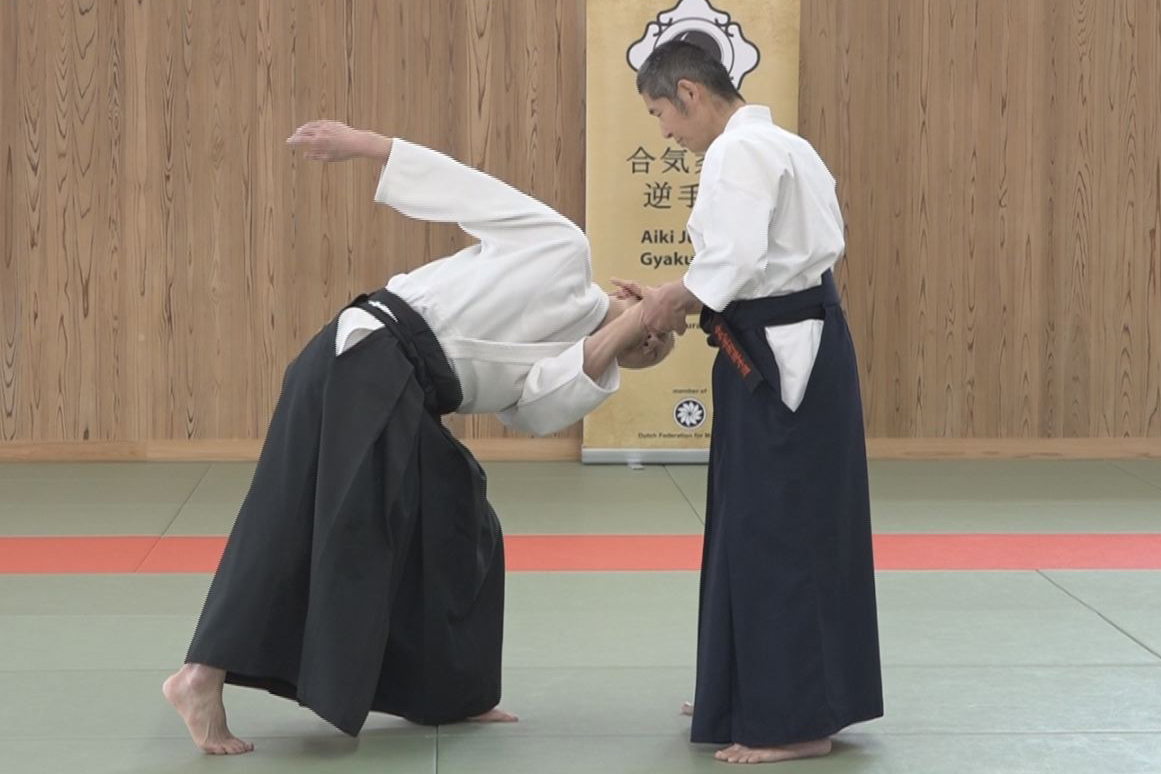
Lesson 17 Advanced tech. using AIKI Contact #1
-
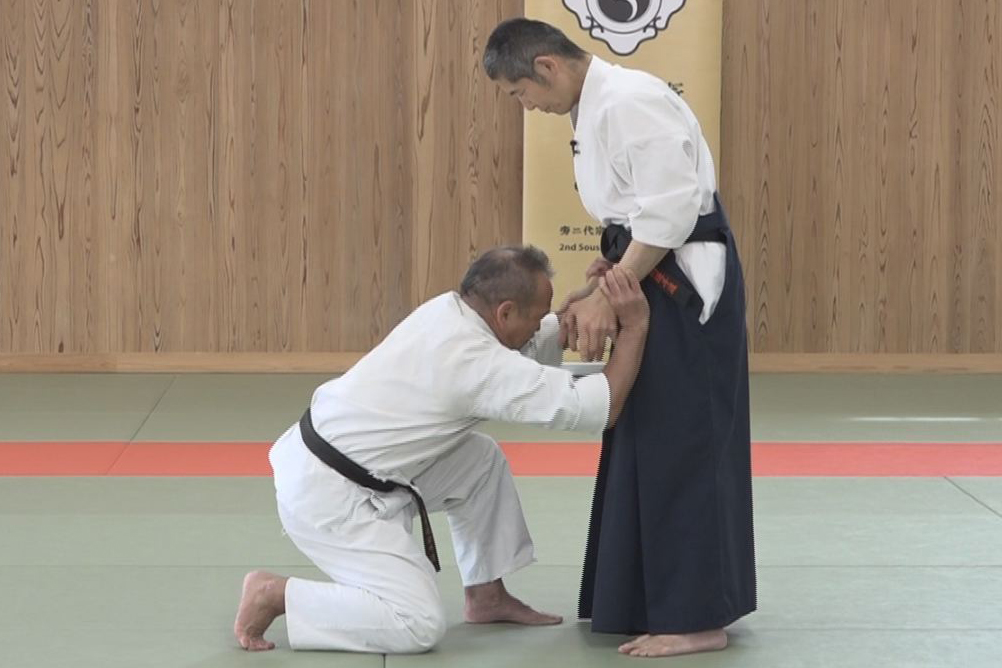
Lesson 16 Advanced tech. by Undetectable F.T. #2
-
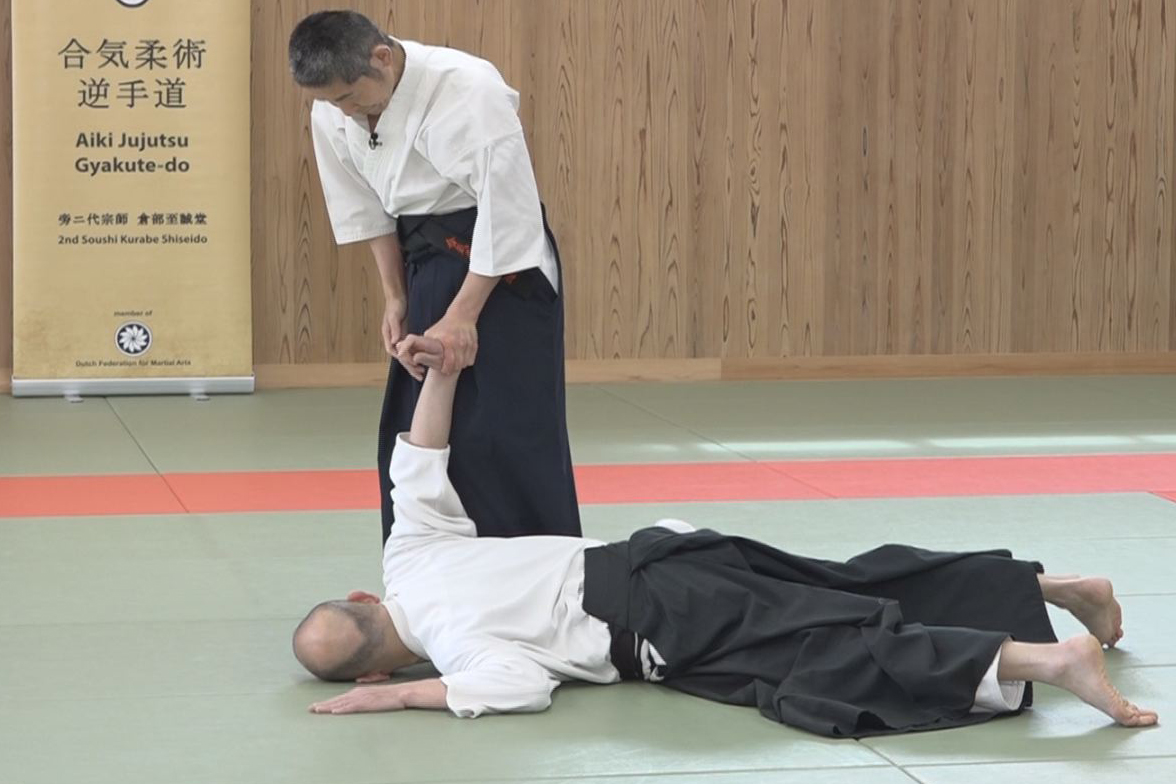
Lesson 15 - Advanced tech. by Undetectable F. T. #1
-
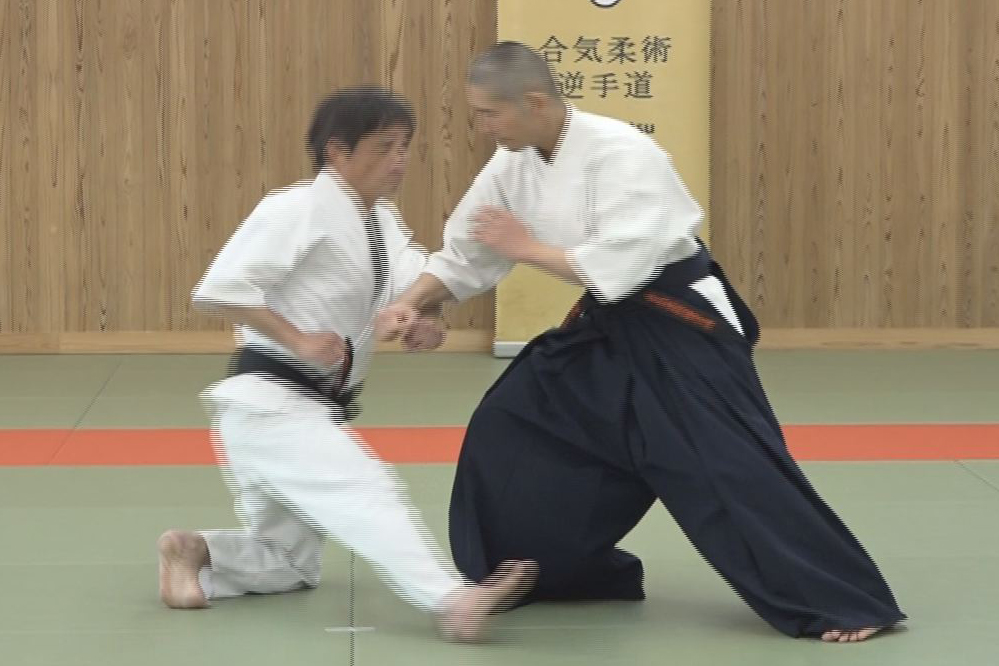
Lesson 14 - Advanced tech. by the Waving method #2
-
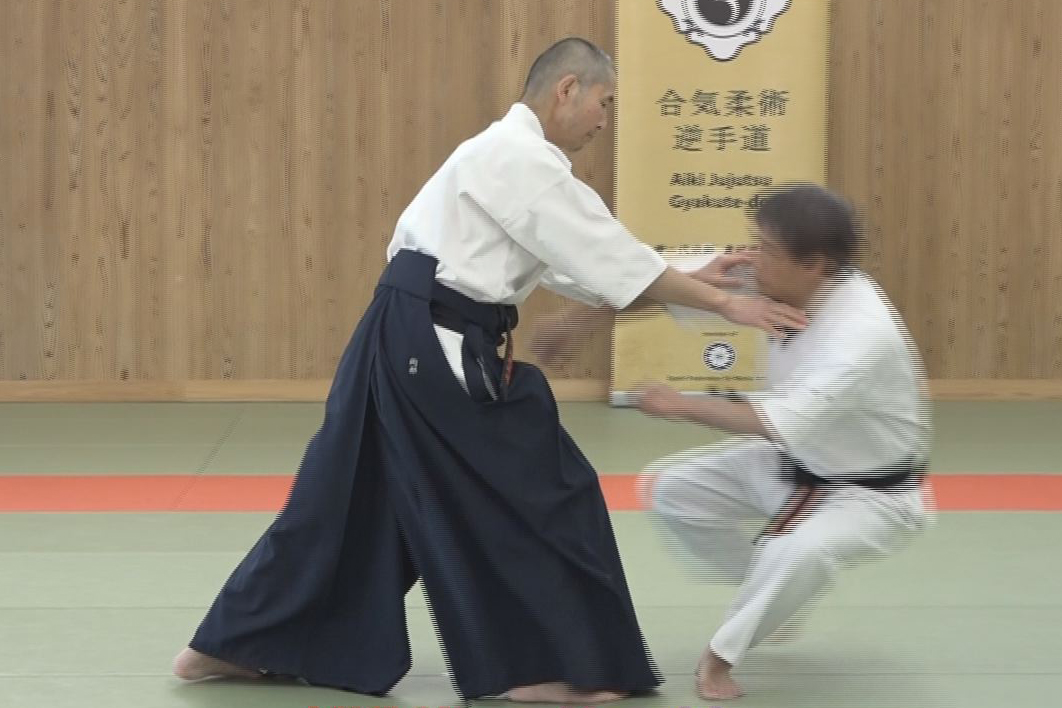
Lesson 13 - Advanced tech. by the Waving method #1
-
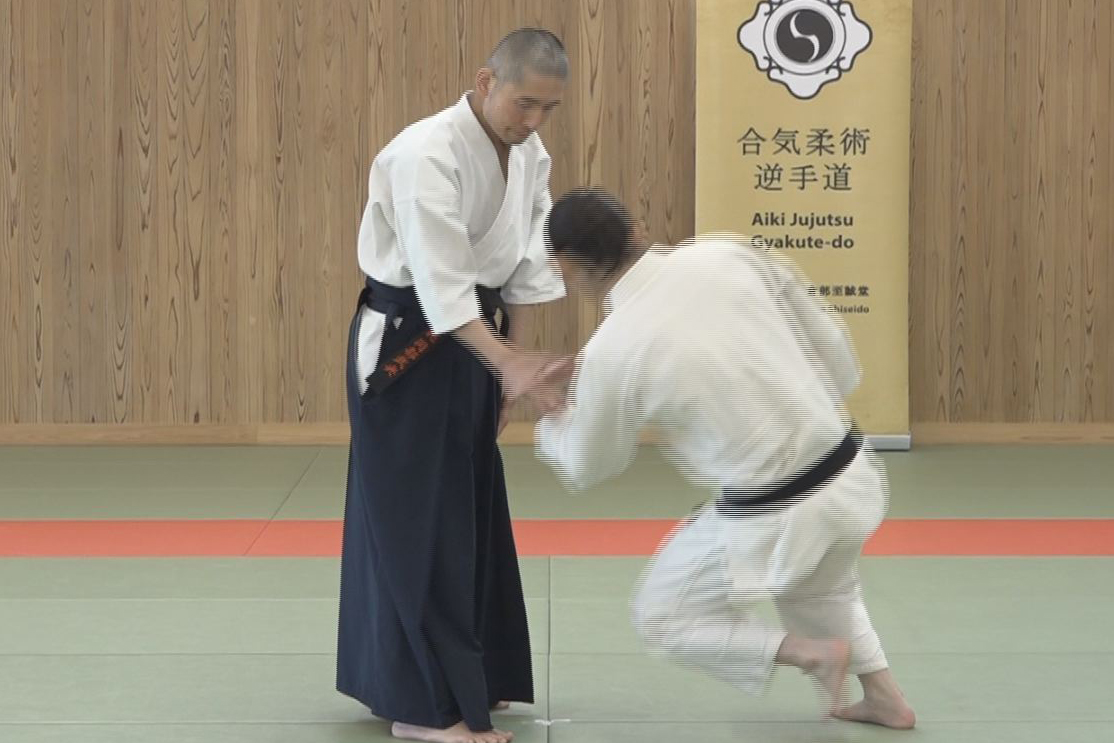
Lesson 12 - Gyaku-te by not Using Force nor AIKI
-
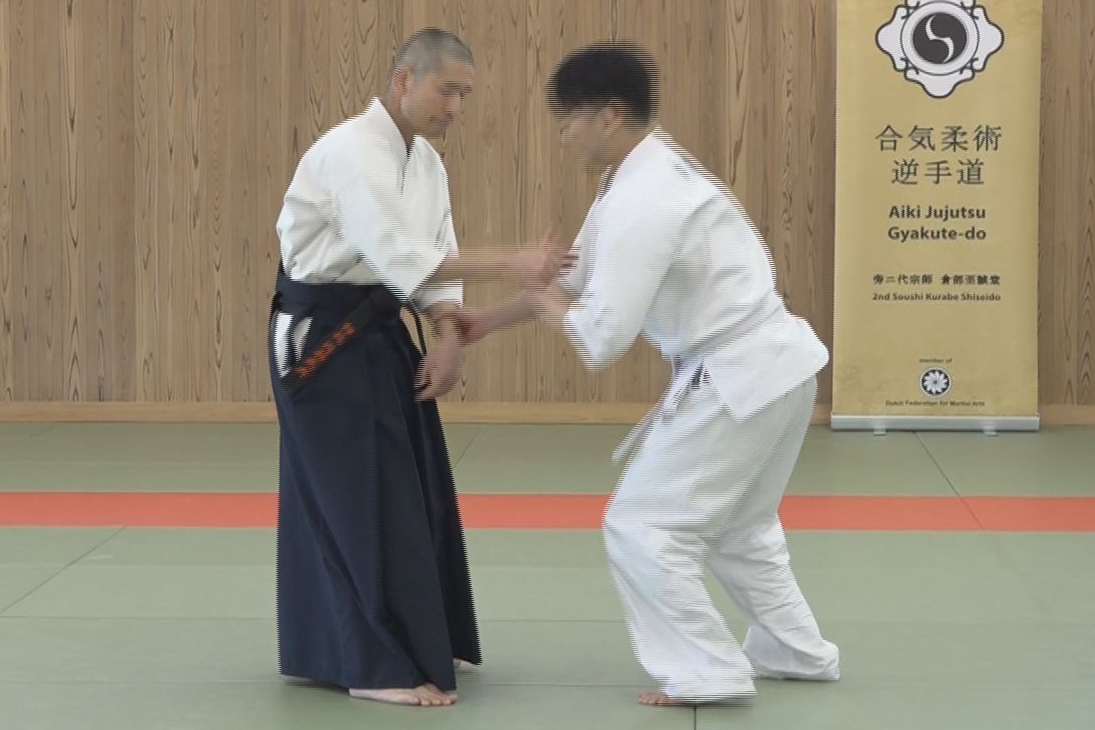
Lesson 11 - Gyaku-te Realized by the AIKI Method
-
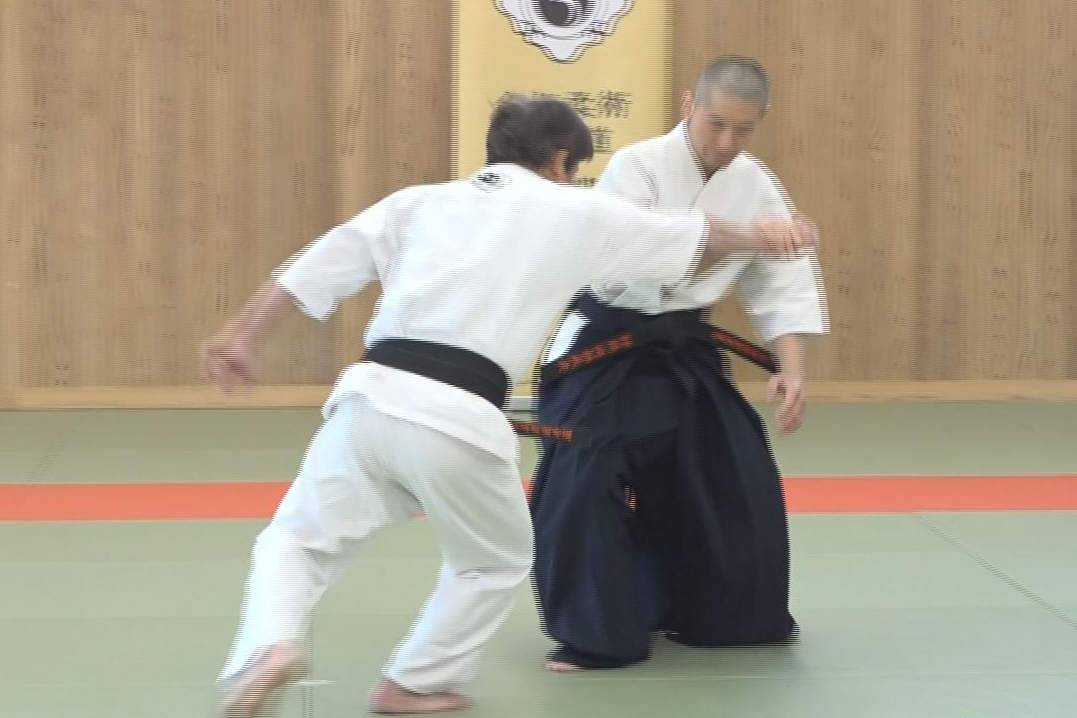
Lesson 10 - Application of Force Equilibrium method
-
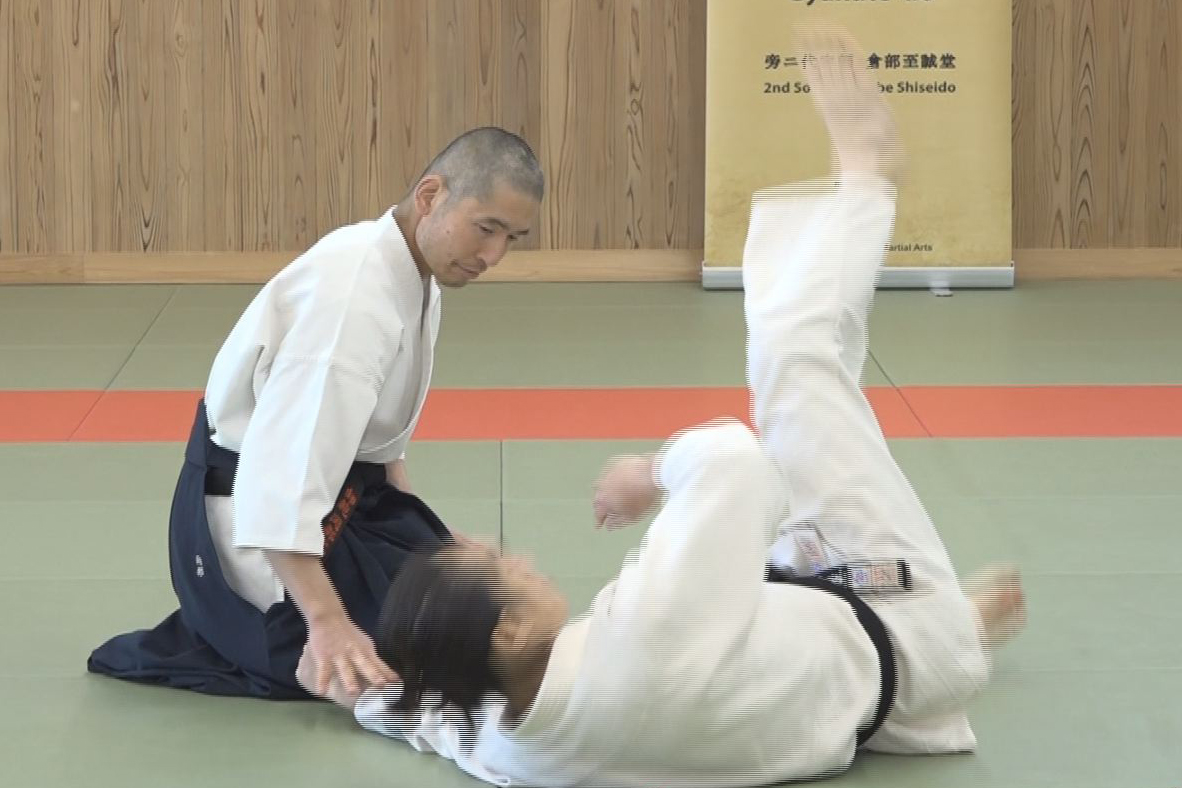
Lesson 9 - Force Equilibrium
-
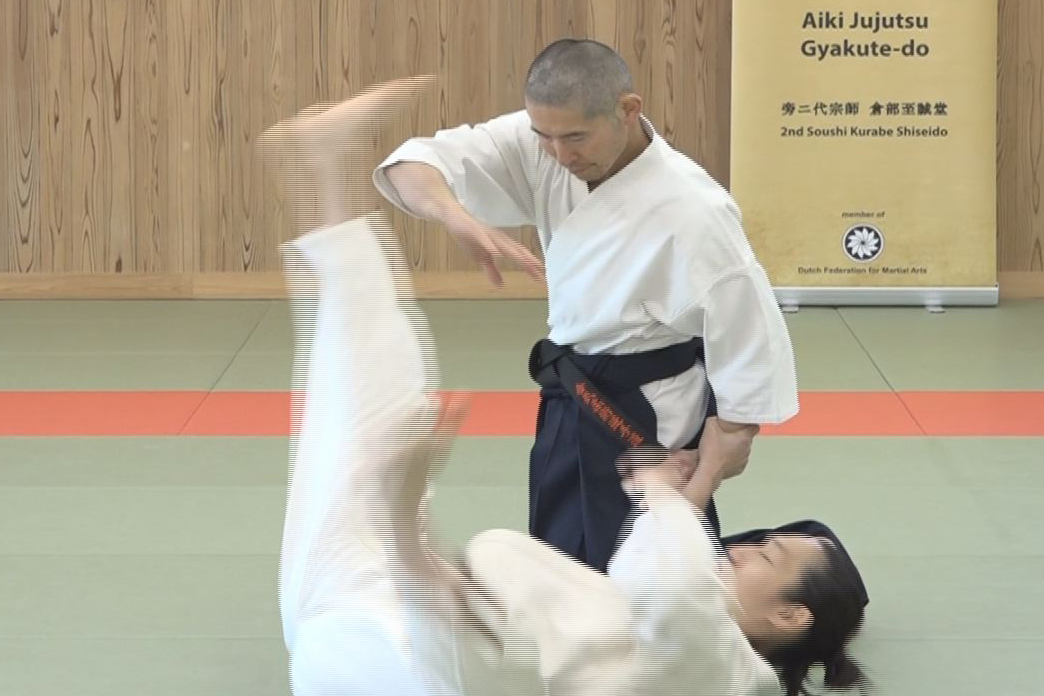
Lesson 8 - Application of Targeted Force Transfer
-
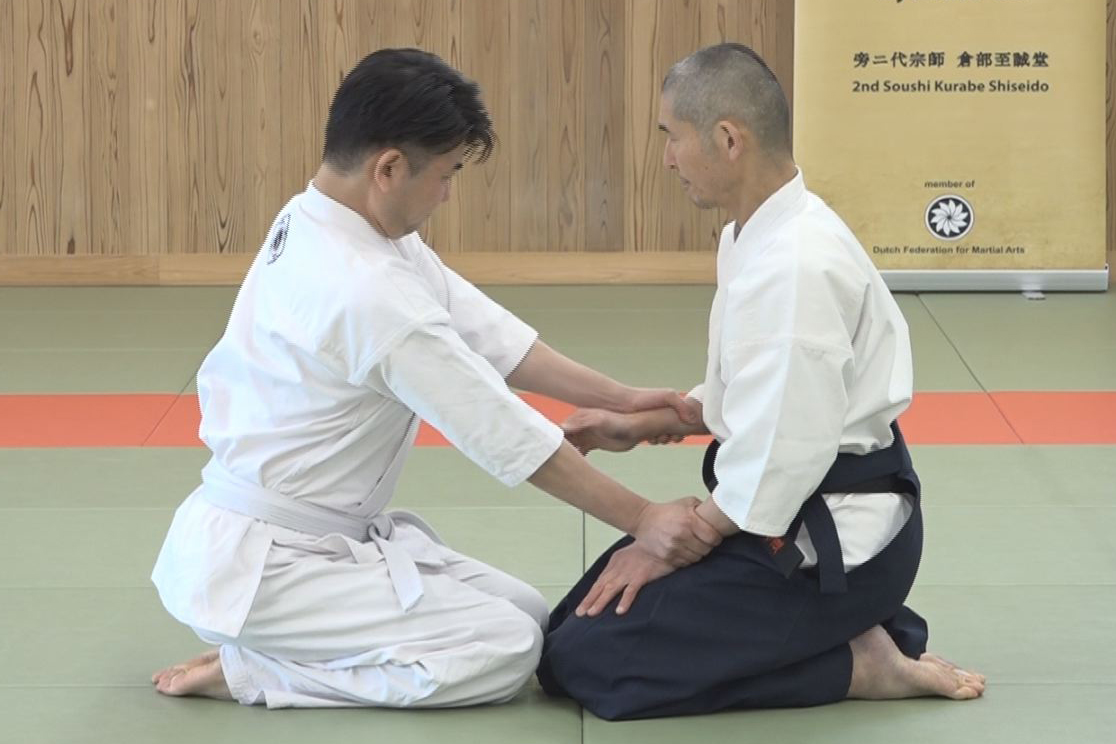
Lesson 7 - Targeted Force Transfer
-
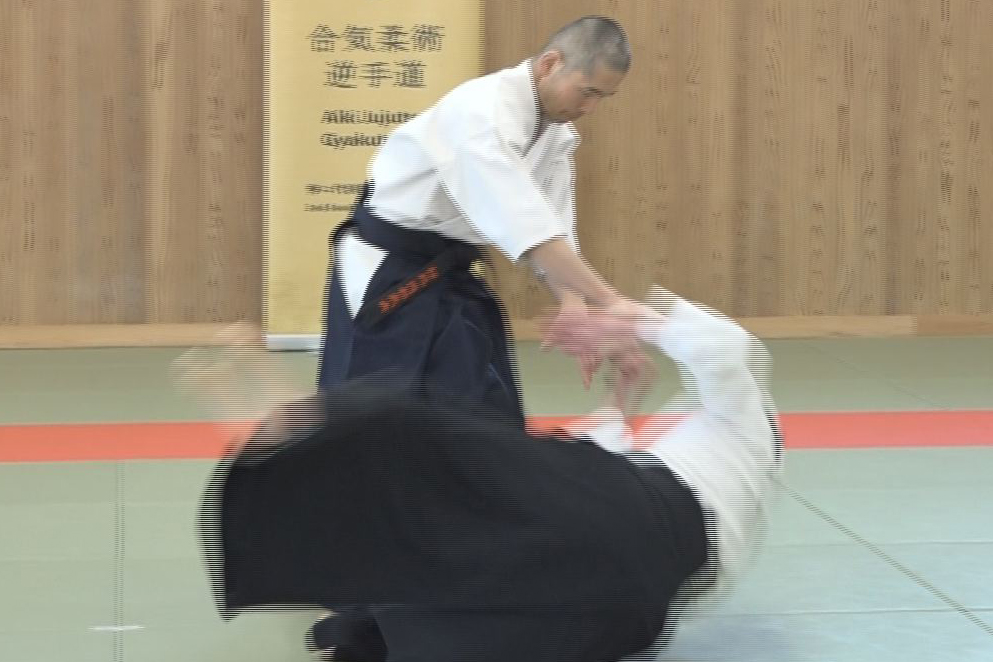
Lesson 6 - Application of AIKI Connection
-
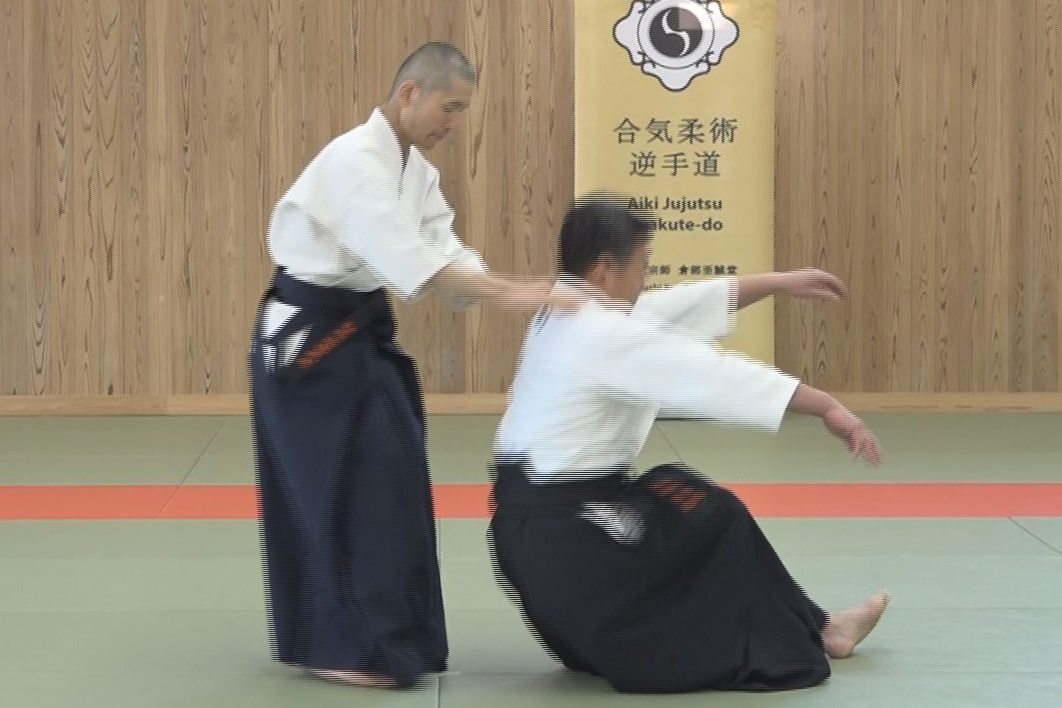
Lesson 5 - AIKI Connection
-
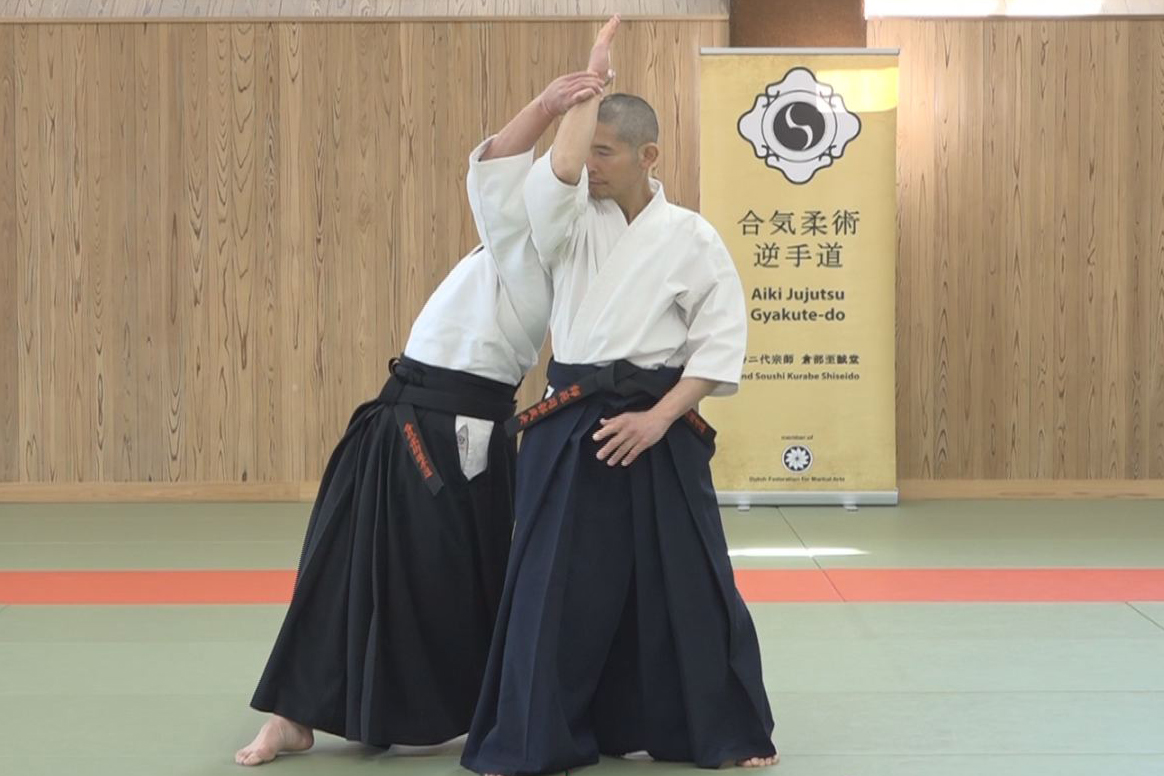
Lesson 4 - Application of Nondetectable Force Transfer
-
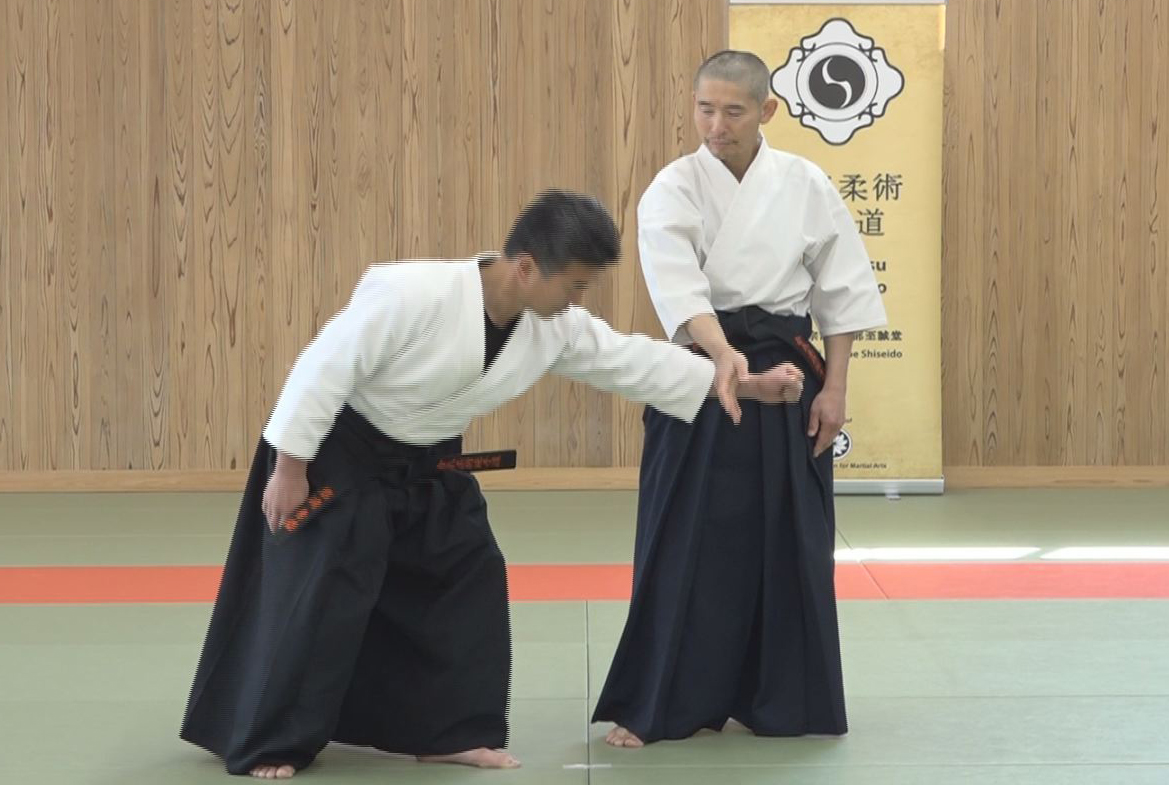
Lesson 3 - Explanation of Undetectable Force Transfer
-
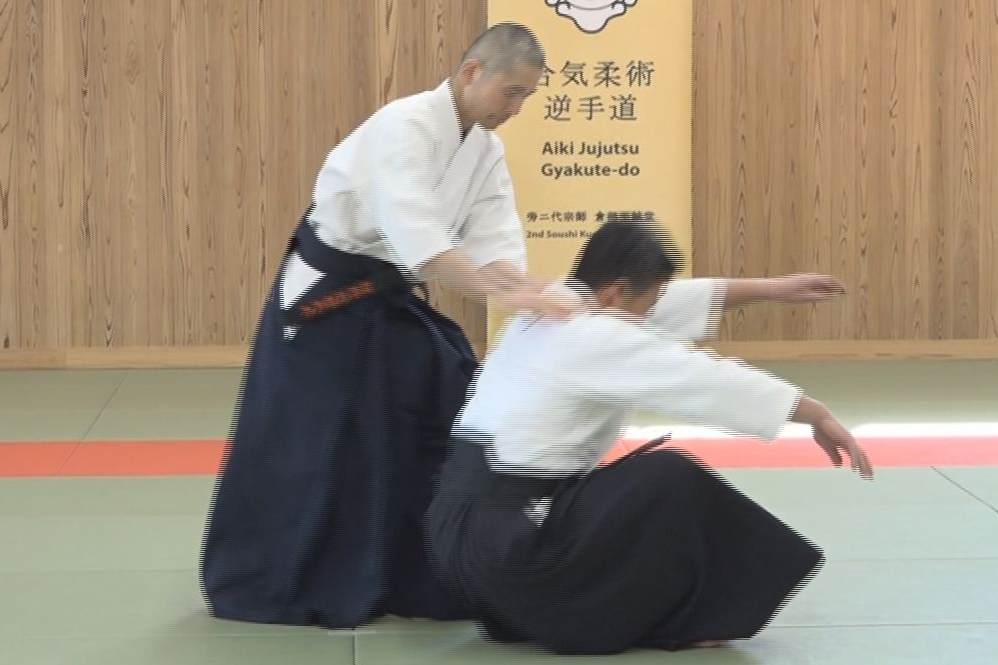
Lesson 2 - Application of Waving Method
-
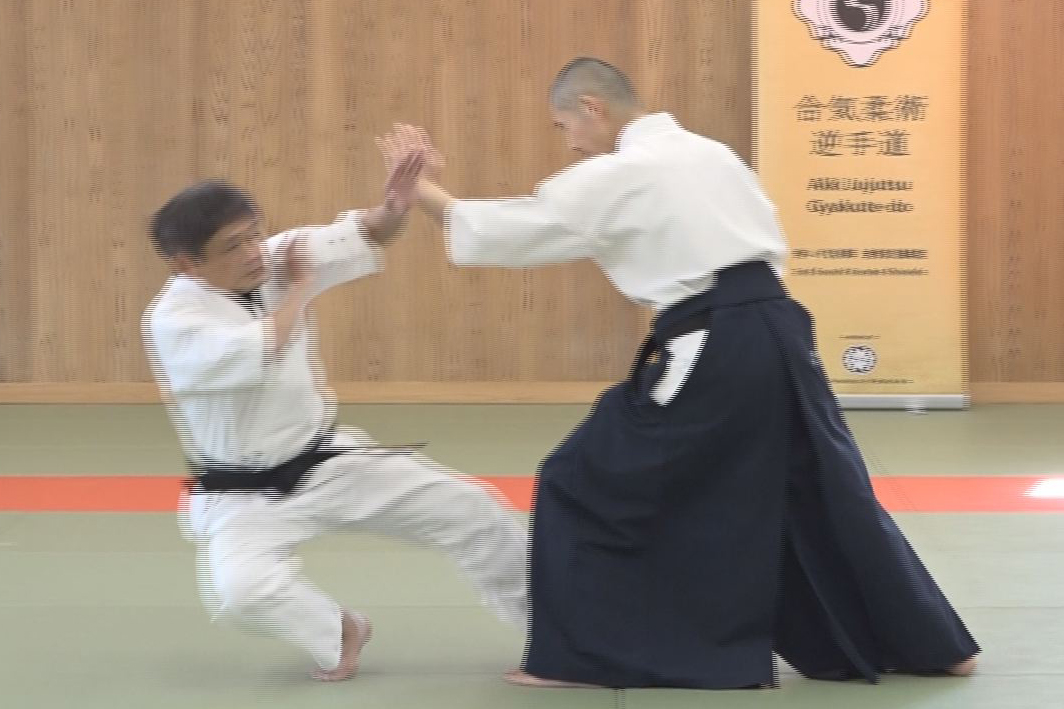
Lesson 1 - The Explanation of Waving Method
-
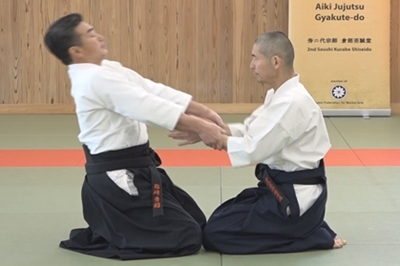
Introduction with video
and Knowledge of AIKI



